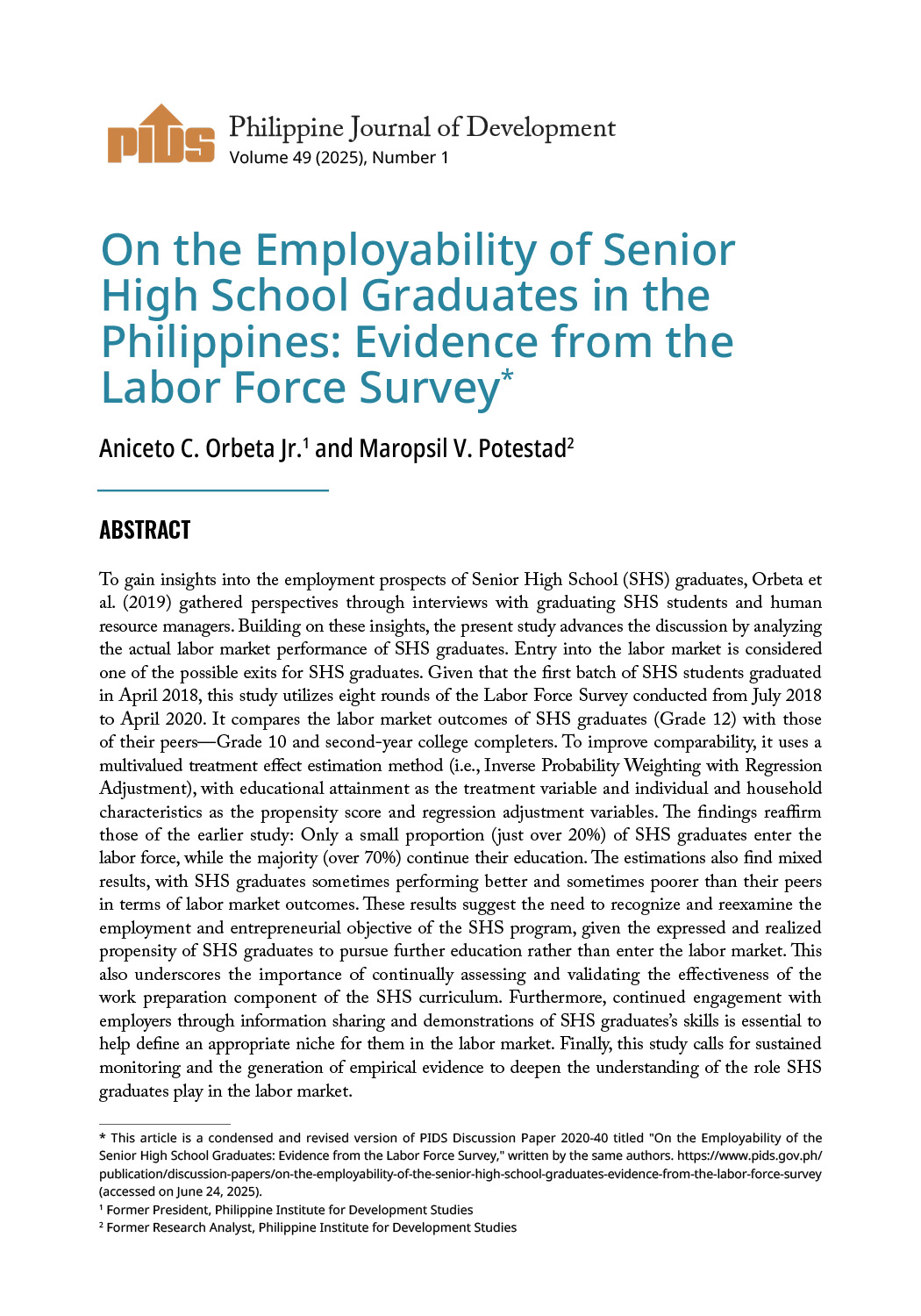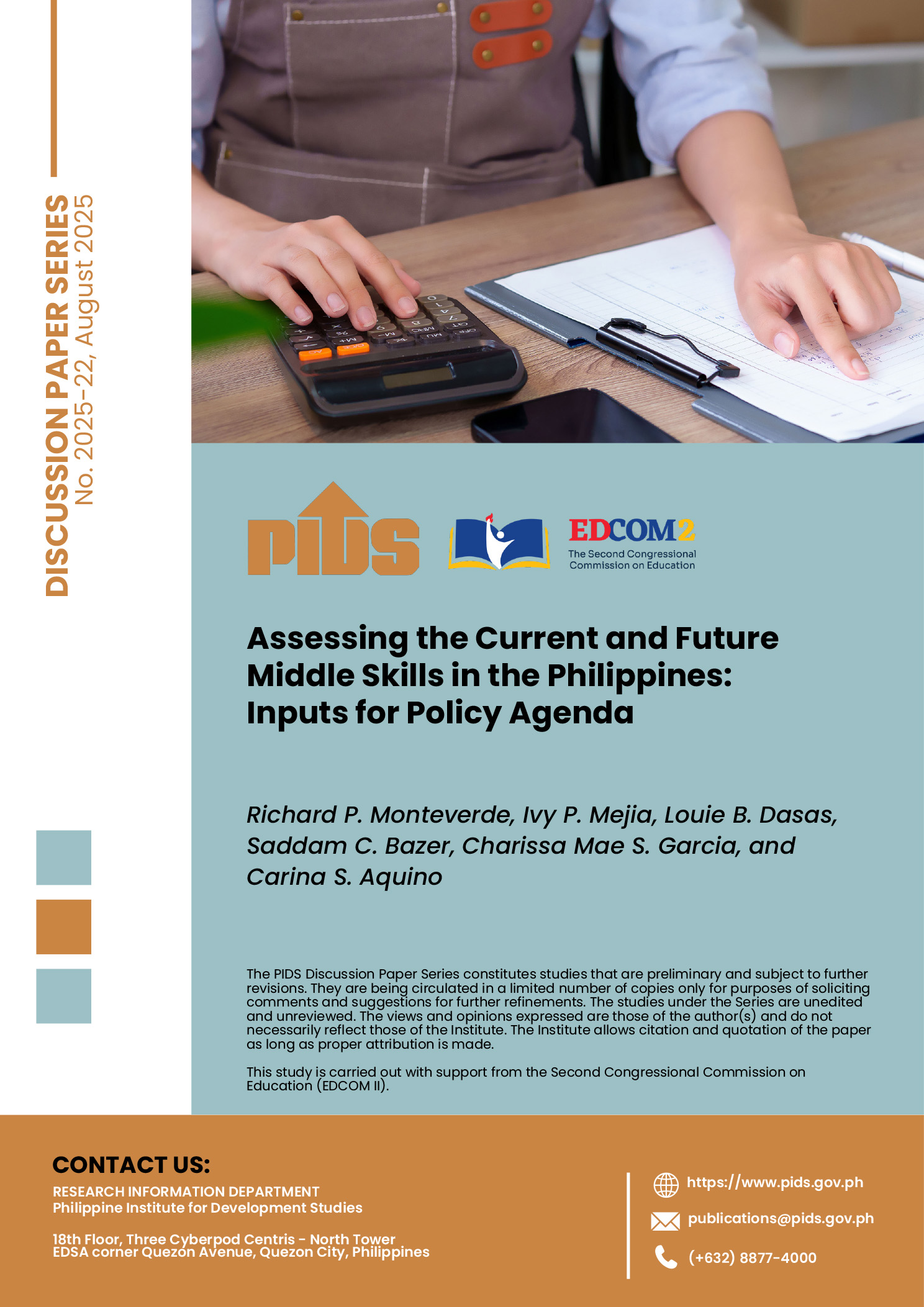Before there was Francis Magalona, there was his grandfather, Enrique Magalona, assemblyman for Negros Occidental. In 1936, he wrote a letter to the president proposing a minimum wage for government laborers.
The reply he got on August 5, 1936 contains two interesting nuggets of information. First, it was laborers in Davao City, in that same year, who first petitioned for a minimum daily wage. So if we want to be thankful to anyone for whatever minimum wage exists, thank those anonymous laborers in Davao 81 years ago.
Second, in the response to Magalona, it was pointed out that one problem with a national minimum wage was that the cost of living differed throughout the country, and that should be considered a factor in determining wages.
By November of that year, 1936, Commonwealth Act. No. 211 was passed, establishing a daily minimum wage for government laborers. This was part of a package of legislation we now take for granted: it was in 1936, too, that the eight-hour work day was set, and overtime established for those working beyond eight hours. The amount of that original minimum wage was the princely sum of one peso, soon raised to one peso, twenty-five centavos.
This discussion from 1936 continues to this day. Eighty years after the first minimum daily wage was enacted, NEDA rejected a proposed nationwide daily wage in 2016.
But we have seesawed between regional wage-setting, and nationwide wages over the years. We got a nationwide, public and private sector minimum wage law, under the administration of Elpidio Quirino. This established one minimum wage for the entire country in 1951. By the time President Marcos decreed the Labor Code in 1974, the philosophy had changed to different sectors having different minimum wages. Then in July, 1989, the present setup was established, where geography and industry determined minimum wages. Nowadays, Regional Wage Boards determine the minimum wage essentially on an annual basis.
The basic logic of a high minimum wage was best put into practice by Henry Ford, father of the modern assembly line. His logic was simple. If you pay your workers a high daily wage, they will have a higher disposable income. That income would allow your Ford Factory worker to buy Ford motorcars. Everybody happy. Later on, however, when Ford workers decided they should unionize, Henry Ford became one of the most ruthless union-busters. Which tells you one problem labor has with capital: capital views benefits and wages as a favor; laborers view it as a right; the clash, if it isn’t to get out of hand, requires government to step in, which is why we have labor laws to guarantee minimum benefits and rights to workers.
Of course government plays a balancing act: political leaders are financed by capital, not by labor. But labor has the votes. Which is why, regardless of the screaming of capital when it happens, at least once a year, government likes to play Santa Claus and decree wage hikes to please labor.
But is there such a thing as going back to basics and testing to see if data really backs up the whole idea of a minimum wage? Let me share with you one interesting effort in this regard. >It’s a December 2016 paper published by the Philippine Institute for Development Studies or PIDS. It tackles this question: what does the minimum wage aim to achieve? And, does it achieve those aims?
A couple of 2014 studies quoted by the PIDS on the legal minimum wage brought up four troubling points. Let me summarize them for you.
1. Following an increase in the minimum wage, the hours of work significantly declined, and the probability, or chances, of getting a job or keeping it, fell by 8%.
2. The minimum wage had a “significant” negative effect on the ability of all individuals to find work. But it had a particularly negative one among young, inexperienced, less educated, and women workers. The researchers assumed this was because these types of workers had lower levels of productivity compared to older, more educated, experienced and male workers. The study suggested that a 10% increase in the minimum wage would lead to the following declines in the labor participation rate: “by -6.36% (for all workers), by -5.97% and -3.64% (among teenagers and young adults relative to 50 years old and over), and by -2.36% (no schooling relative to college educated).”
3. The average real income of households would have grown by about 20% if the minimum wage had increased more slowly. Not only that, but household poverty would have been lower. The reason for is that if you had one minimum wage worker in your family, you would be earning less than another household in which the wife and perhaps the older children, were also working but at non- minimum wage jobs. The study also observed that a faster rate in the increase of the minimum wage significantly ; increases povery incidence by 1.7 to 3 percentage points.
4. Finally, the minimum wage, according to one of the studies, had a “significant” adverse impact on employment by smaller firms. These are companies defined as having average assets below 1.1 Billion pesos. On the other hand, larger companies (those with an asset size above 1.1 Billion) had less of a negative, and sometimes a positive one.
So what did PIDS conclude?
First, there is a difference between theory and reality. Theory, PIDS says, actually puts forward three possible effects of a minimum wage on employment: positive, negative or zero, “depending on one’s assumptions about the market situation and the underlying mechanisms governing wages and employment decisions.
Second, by looking at the actual empirical data, the result is a mixed story. PIDS says in developed countries, the effect of a minimum wage “tends to be negligible or slightly positive.” This is the basis for proponents of a large minimum wage increase here at home.
Third, when PIDS conducted empirical studies that it says “were rigorously done using Philippines data,” what works abroad did not work here at home. PIDS said that raising the minimum wage “had [a] statistically and quantitatively significant negative impact on employment and hours of work.” It added that raising the minimum wage had an even greater negative impact on already disadvantaged sub-groups. It also observed that larger hikes in the minimum wage “tend to reduce average household income and raise the prevalence rare of poverty.”
The lesson PIDS drew from all this is a simple one: what works abroad does not necessarily work at home. Before you think the study should be a cause for celebration for capitalists who hate the idea of minimum anything for workers, think again. All PIDS calls for, is a more scientific, evidence-based approach. Go back to the drawing board, in other words. Find a better way to give labor its due.
Disclaimer:The views in this blog are those of the blogger and do not necessarily reflect the views of ABS-CBN Corp.












